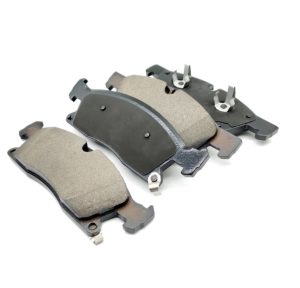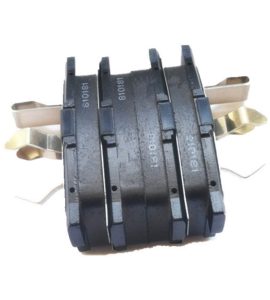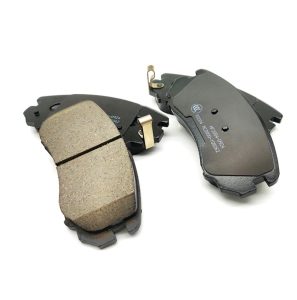


Brake pads are an essential component of your vehicle’s braking system. They are responsible for slowing down and stopping your car, and therefore must be in good condition at all times. Over time, brake pads wear down and become less effective, which can be dangerous if not replaced promptly. So, when should you replace your brake pads?
The answer to this question lies in the thickness of the brake pads. Brake pads usually have a wear indicator, which is a small piece of metal that makes contact with the rotor when the pad has worn enough. This produces a high-pitched noise, indicating that it’s time to replace the brake pads.
However, if your vehicle does not have a wear indicator, you can still use a ruler or micrometer to measure the thickness of the brake pads. Most brake pads start at around 12mm thick and should be replaced when they reach 3mm thick or less. It’s important to note that different types of brake pads have different thickness requirements, so it’s best to check your vehicle manual or consult a mechanic for specific recommendations.
Another factor to consider when deciding when to replace your brake pads is your driving habits. If you frequently drive in stop-and-go traffic or on steep inclines, your brake pads will wear down faster than if you primarily drive on open highways. Additionally, if you tend to brake hard and abruptly, your brake pads will wear down more quickly.
In my opinion, it’s important to regularly check the thickness of your brake pads and replace them when they reach the recommended minimum thickness. Neglecting to replace worn brake pads can lead to decreased braking performance, longer stopping distances, and even brake failure. Always prioritize your safety and the safety of others on the road by maintaining your vehicle’s braking system.

